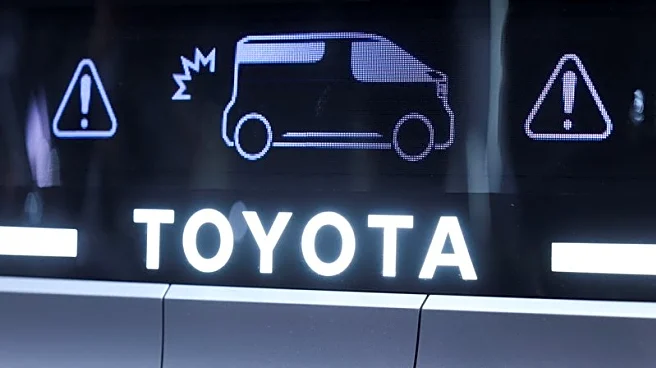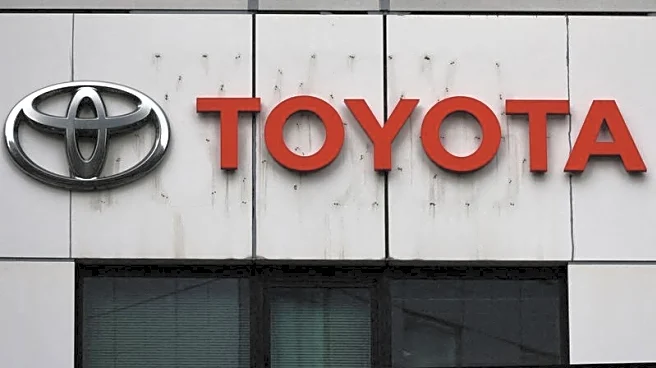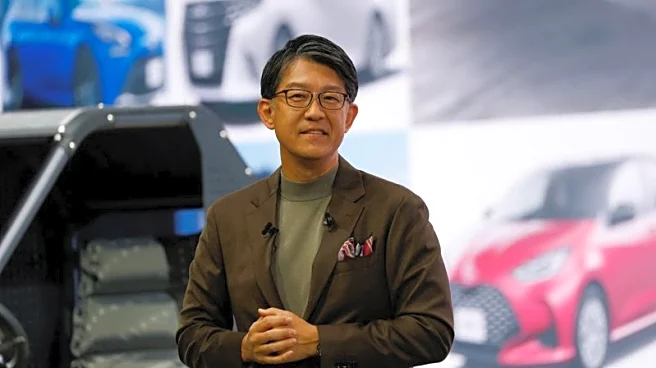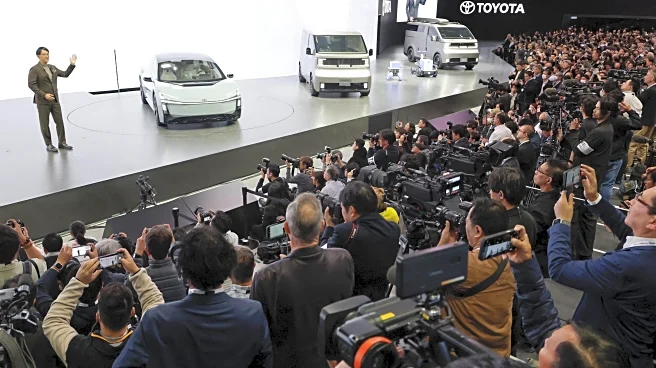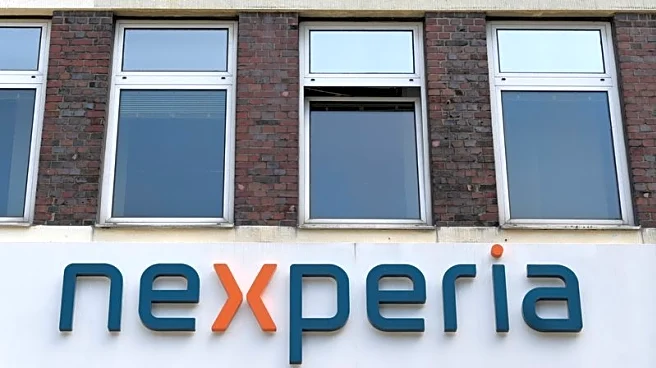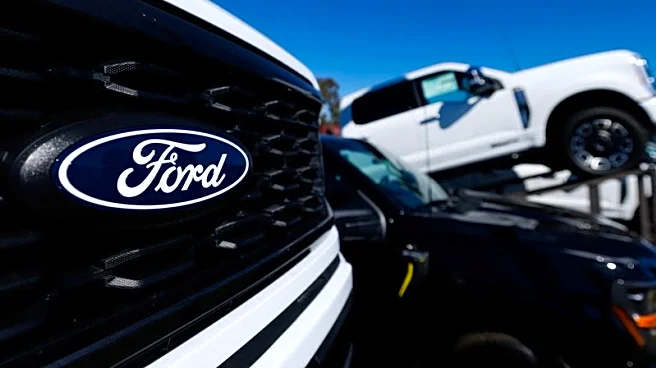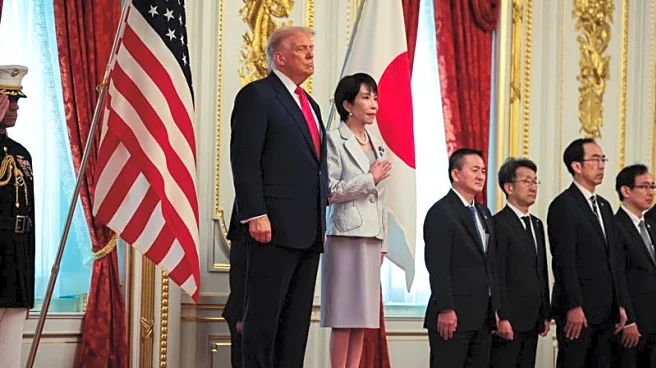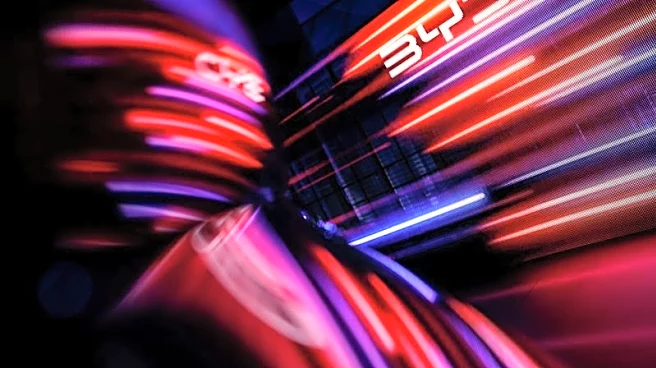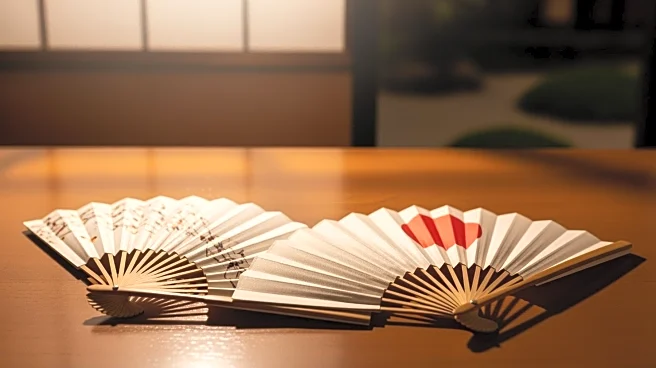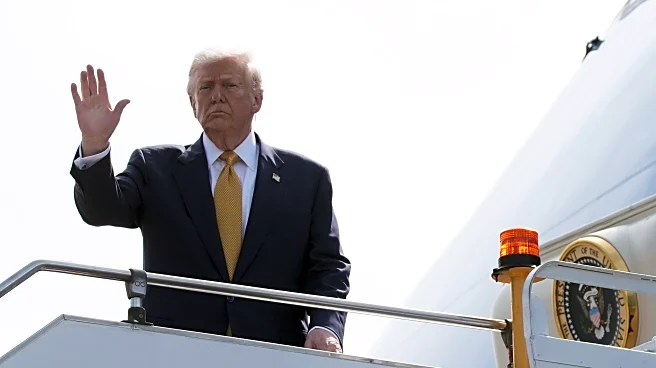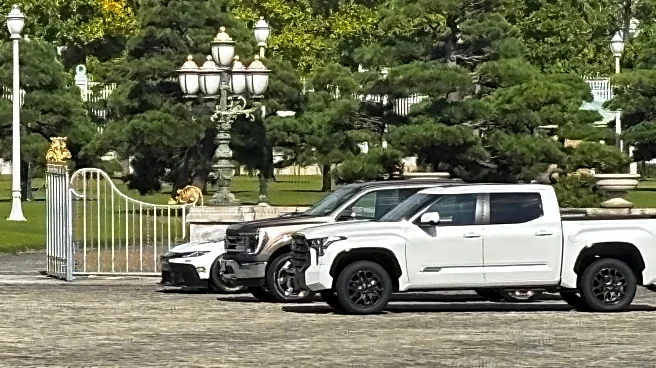By Daniel Leussink, Aditi Shah and Maki Shiraki
TOKYO (Reuters) -Japanese automakers are considering importing some of their U.S.-built cars to Japan - a costly and impractical move that comes as Tokyo
tries to placate President Donald Trump over its vast trade surplus with the United States.
Uneven trade with Japan has long been a sore point for Trump, and new Prime Minister Sanae Takaichi's government has been hashing out plans to buy some Ford F-150s - oversized pickups so impractical for narrow Japanese roads that they may end up just being used as snowplows, Reuters has reported.
Now, top executives from Toyota and Nissan have said this week they are considering "reverse imports" of U.S.-built cars despite higher labour costs and the impact of a weak yen, which drives up the price of goods from overseas.
"Rather than doing it for business reasons, it's more about showing that the auto industry is also cooperating to reduce trade friction and the trade deficit," said Takaki Nakanishi, a veteran auto analyst who runs the Nakanishi Research Institute.
LONGSTANDING TRADE FRICTION
Toyota, the world's largest automaker, is "studying the possibility" of reverse imports, CEO Koji Sato told reporters at the Japan Mobility Show this week in Tokyo.
Rather than considering it from the perspective of a business opportunity, the carmaker sees it as a potential way to contribute to "open and fair trade", Sato said.
Nissan, meanwhile, is "looking seriously" at reverse imports, Chief Performance Officer Guillaume Cartier told Reuters in an interview on Wednesday.
But making a dent in the $68.5 billion U.S. trade deficit with Japan would take a good deal more than cars. According to Nakanishi, volumes of reverse imports are likely to be small, possibly around 20,000 cars a year.
Japan exported just short of 1.4 million motor vehicles to the U.S. last year, according to the Japan Automobile Manufacturers Association.
Arguably, the industry's biggest economic impact in the U.S. can't be gleaned from the trade figures.
Japanese automakers have spent decades and billions of dollars to build up local operations in the U.S., moves that were prompted by trade friction that was particularly potent in the 1980s.
Japan's auto industry produced 3.3 million vehicles in the U.S. last year, according to the manufacturers' association.
GOVERNMENT HELP NEEDED
Reverse imports may not happen as soon as Trump or Takaichi might like. Variations in things like safety standards between the two countries meant there were necessary differences in the cars, Sato said.
"We can't just import those vehicles into Japan 'as-is'," he said. Harmonising those standards would be necessary, and would need government help, he said.
Nissan's Cartier pointed to the differences in customer needs between the two countries, given that cars produced in the U.S. are usually intended for the local market.
Japanese drivers don't necessarily want the larger-style cars sold in the U.S., he said.
Another hurdle: steering wheels are on the right side in Japan, and the left side in the U.S.
While the overall impact might be small in terms of trade, Nakanishi said he believed the symbolism was more important.
"The symbolic significance of making the effort is huge. And that builds trust with the Trump administration. So my understanding is that this is less about business and more about maintaining and improving the relations."
(Reporting by Daniel Leussink, Aditi Shah and Maki Shiraki; Writing by David Dolan; Editing by Jan Harvey)
